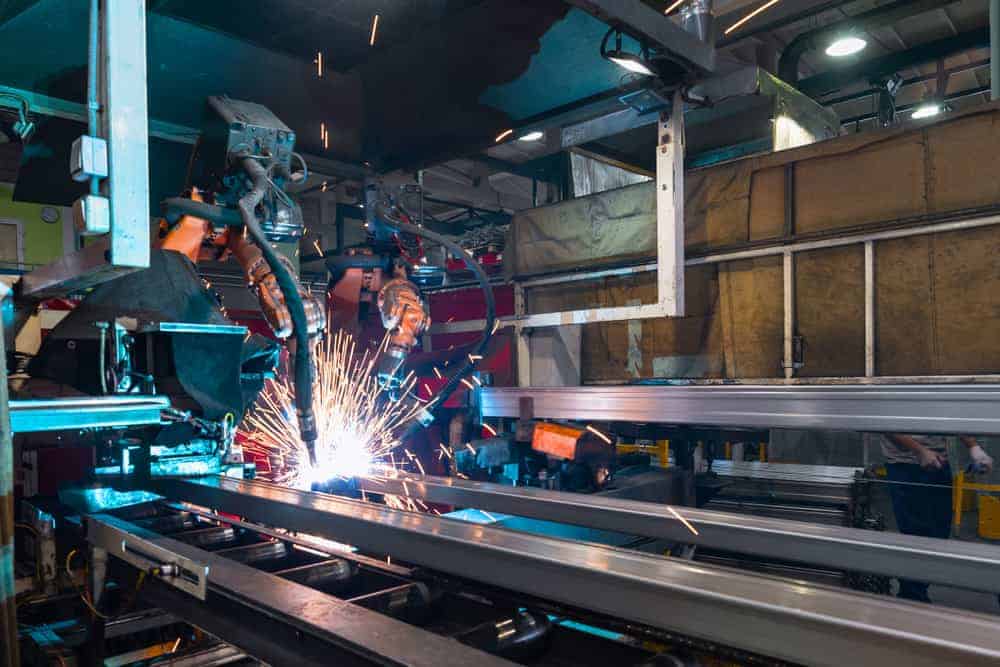
While the advantages of automation are apparent across a wide range of industries and applications, its contribution to manufacturing has fundamentally changed the way things are produced. Not only has automation increased production speed, but it has also improved quality while lowering costs. Recent advances in IoT and cobots have allowed automation to yield even better results. The same technology has also brought significant benefits to the welding industry.
Automation is not new in the welding industry. Manufacturers have implemented orbital welding processes and monitoring systems for years. Today, welding industries aim for increased productivity through Manufacturing 5.0 by adopting AI (Artificial Intelligence) and ML (Machine Learning). This article will examine the advantages of automation and how it has impacted the welding process.
The Many Advantages of Automation
Welding requires precision and control to ensure high-quality results. While manual welding has been a standard industry practice for many years, the recent shortage of skilled welders has prompted industries to implement automated solutions. In welding, automation may involve using semi or fully-automated machines and robots that can offer the following benefits compared to manual welding:
- An automated welding system provides enough flexibility to perform welding for different positions, angles, and clearances.
- The automated system can increase productivity by operating uninterrupted for hours.
- Automated systems enable technicians to work ergonomically at a safe distance from hazards like fumes and heat.
- Automation decreases the likelihood of weld errors compared to manual welding, where human factors like fatigue can degrade the weld quality.
In addition to these advantages over manual welding, automation offers direct benefits like enhanced control, repeatability, and programmability. We will discuss these attributes next.
Automation Improves Welding Productivity
Automated systems enable controlled performance, a key feature of welding productivity. Below, we examine three areas where welding automation excels:
Programmability: Most automated systems (e.g., welding robots) can be programmed to follow a fixed weld path and specific weld parameters. Additionally, parameter optimization can also be accomplished with minimal effort. This feature can be further enhanced with offline welding robot programming that allows offline programming while the robot is still operating. This reduces operational downtime and increases productivity.
Repeatability: Automated welding facilitates reliability and consistency. For welding applications with a fixed set of parameters, automation can allow manufacturers to reliably reproduce consistent weld results. This consistency is especially beneficial for mass fabrication and can help reduce rework while improving welding speed and productivity.
Weld Integrity: Automated control and programmed precision can help operators enhance weld parameter optimization. When used with a welding method like GTAW, the appropriate gas coverage and weld input encourage smooth, pure, and defect-free welds. Additionally, metals with a wide range of thickness can be welded with the appropriate penetration depth. Consequently, automation helps manufacturers maintain weld quality and integrity.
Advanced Automation Is the Future of Welding
Adapting automated processes like orbital welding has allowed many manufacturers to maintain a competitive edge in quality, productivity, and cost. By using auto weld heads, remote monitoring systems, and offline programming software, these manufacturers have elevated welding speed, quality, and precision. Additionally, automation has allowed manufacturers to focus on ways to reduce rework, waste, and welding costs.
The benefits of automation can be further enhanced with the help of IoT, where cloud-based computing can foster data sharing for effective monitoring and decision making. Embracing these advanced automated technologies brings previously unavailable productivity and quality enhancements to the welding industry.
Arc Machines, Inc. an industry leader in orbital welding technologies, provides auto weld heads and remote monitoring systems to help you enhance welding productivity and reduce your cost of operation. To learn more, contact sales@arcmachines.com. For service inquiries, contact service@arcmachines.com. To develop a custom solution, contact us to arrange a meeting.




